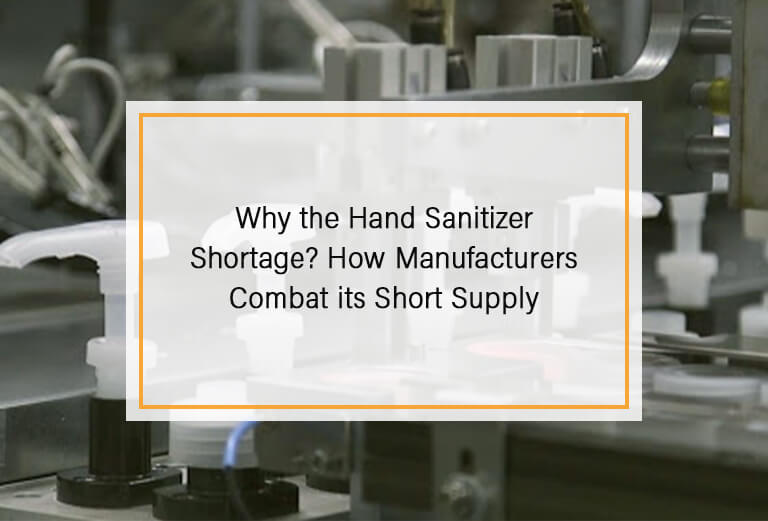
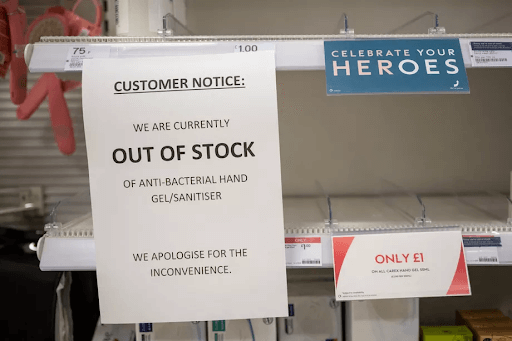
Photo by Matthew Horwood / Getty Images
“How come there’s a 1400% short supply”: Hand Sanitizer Production Timeline (Updated)
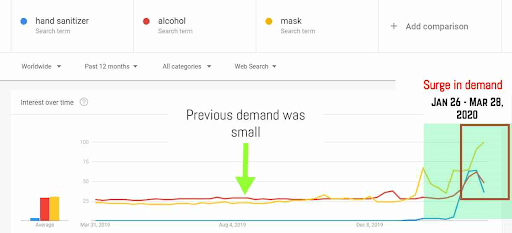
A Google Trend excerpt showing the surge in hand sanitizer, alcohol and mask demand in a matter of 3 months.
Here’s a timeline of why hand sanitizers are suddenly flying off the store shelves with no restock:
- Before the pandemic, the supply and demand chain runs in a smooth flow (refer to the graph above).
- The Coronavirus outbreak caused a sudden rise in the demand for hand sanitizers, gels, and sprays and other medical supplies such as masks, alcohol and wipes.
- As the world is in stand-still and wreaking dystopia, manufacturing hubs have slowed down in production of bottles and pump dispensers for hand sanitizers.
- Perfume factories, breweries and distilleries all over the world are coping with the under-supply by retooling production lines into alcohol-based hand sanitizers. Thus, FDA issued a Guidance for the Preparation of Alcohol-Based Hand Sanitizers during a public health emergency.
- China is now recovering from its crippled economy and is gaining traction in the manufacture of hand sanitizers.
- GlobeNewswire has reported there will be a major market growth of Hand Sanitizers in China from 2020-2025. The country is foreseen to meet the 11.9% of the world’s demand through bulk and wholesale exports of hand sanitizers.
Panic-Buying, Hoarding, Gouging
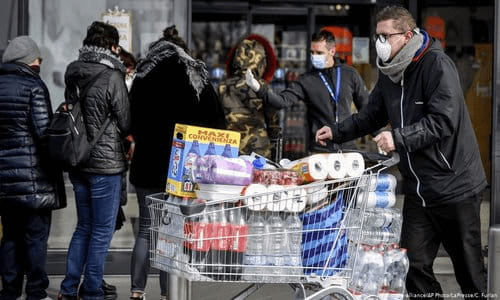
Image Source: Prophecy News Watch
Walking down the grocery aisle now makes you feel like in an Apocalypse movie where shelves are completely emptied – especially the hand sanitizer and alcohol aisle.
This was brought about by escalating fears on contracting the Coronavirus if you don’t regularly clean your hands or skin.
Even worse, some nasty opportunist price gouging hand sanitizers online. Good thing is that most governments worldwide banned overpricing of these necessities.
But even if the prices of hand sanitizers are at its normal range, the problem lies in its production shortage and the panic-buying behavior of consumers.
How is the global supply chain combating this? Keep reading.
Supply and Demand Chain Overwhelmed by COVID-19

Image source: Accustore
Amazon is going berserk trying to rebalance supply and demand of essential stocks during this international crisis. Accordingly, they have supported about 400 small business owners in return for supplying more inventories of hand gels, sanitizers, sprays, toilet papers, masks and many more.
Difficulty in Raw Material Export and Movement from China
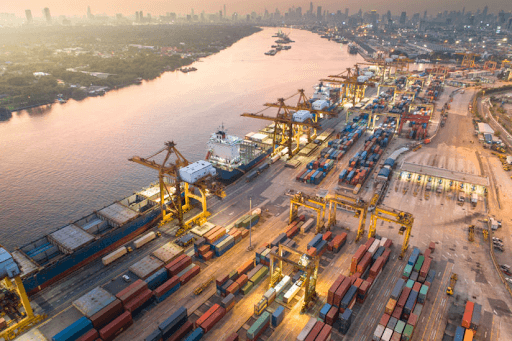
Photo/iStock
When you see a product with a “made in China” or “made in USA” tag, that doesn’t necessarily mean that all it’s elements are made in one country. In the case of a hand sanitizer brand, its content might be made by a company in one country and source its bottle and packaging from another.
Think about the raw material used, manufacturing and packaging, transportation and distribution. These processes have their own journey in and out from different countries before the end products are shipped to grocery stores or to your doorstep.
With the onslaught of the Coronavirus, the global supply chain is disrupted. China, being the first hit of the virus, has temporarily closed down manufacturing facilities. Since it’s the biggest source of raw materials and products, this has caused rippling effects on the supply chain of other countries.
Today, there are over 1400% under-supply of alcohol-based hand sanitizers which is heavily being resolved by different countries and the FDA. Europe is one of the biggest countries having a short supply problem of hand sanitizers.
Breweries & Distilleries Started Mass Producing Hand Sanitizers, But are Still Not Enough
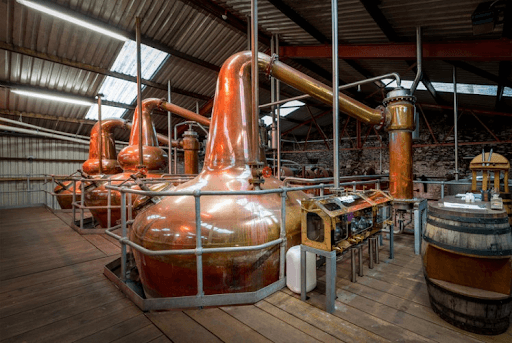
Image Source: The Jakarta Post
As a response to the ongoing short supply crisis, breweries, perfume makers and distilleries started retooling production lines into mass producing alcohol-based sanitizers.
Glycerin, hydrogen peroxide and other sanitizer ingredients not normally used in the production of alcoholic drinks are being sourced out locally.
Companies have been seeking the help of FDA on how to carry out the proper hand sanitizer production. In response, the FDA issued a temporary paper on how to prepare alcohol-based Hand Sanitizers during a public health emergency.
The FDA also encouraged licensed pharmacists and physicians to create their own batches of hand sanitizers.
Even beauty and cosmetics companies are responding to the need. Companies like Coty, Somcosmetics, NYS Clean, L’Oréal and Farouk are making hand sanitizers.
These sanitizers are being donated (mostly for free) to hospitals, doctors, nurses, police officers and other front-liners. But take note that while many alcohol manufacturers volunteered for this life-saving movement, it might not be enough for all the consumers in the world.
Retailers/Groceries Do Get New Inventories But Are Emptied So Fast
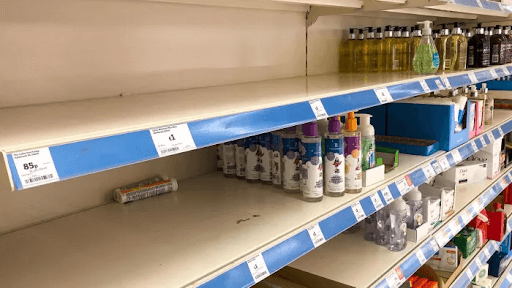
Image Source: Financial Times
Meanwhile, groceries and stores are constantly filling shelves with hand sanitizers, but they are just not enough for everyone.
And it’s more likely that you won’t be getting one as a consumer as manufacturers companies are prioritizing front-liners. This is the reason why many people are trying to make their own hand sanitizers at home.
China Getting Back on Track with Bulk Manufacturing of Hand Sanitizers
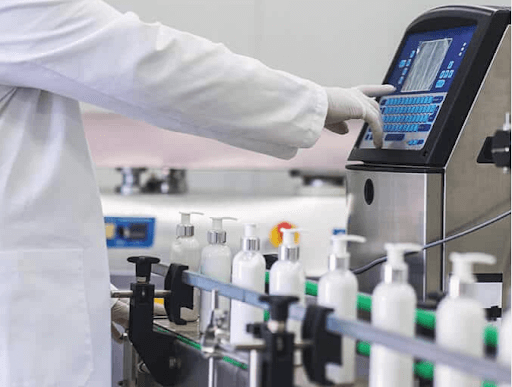
Image source: BeCleanse Hand Sanitizer Manufacturer
Meanwhile, China is getting back ahead as the country seems to have stabilized the Coronavirus situation. Manufacturing facilities are starting to pick up pace and it wouldn’t take very long for them to export bulk hand sanitizers to retailers and wholesalers all over the world.



